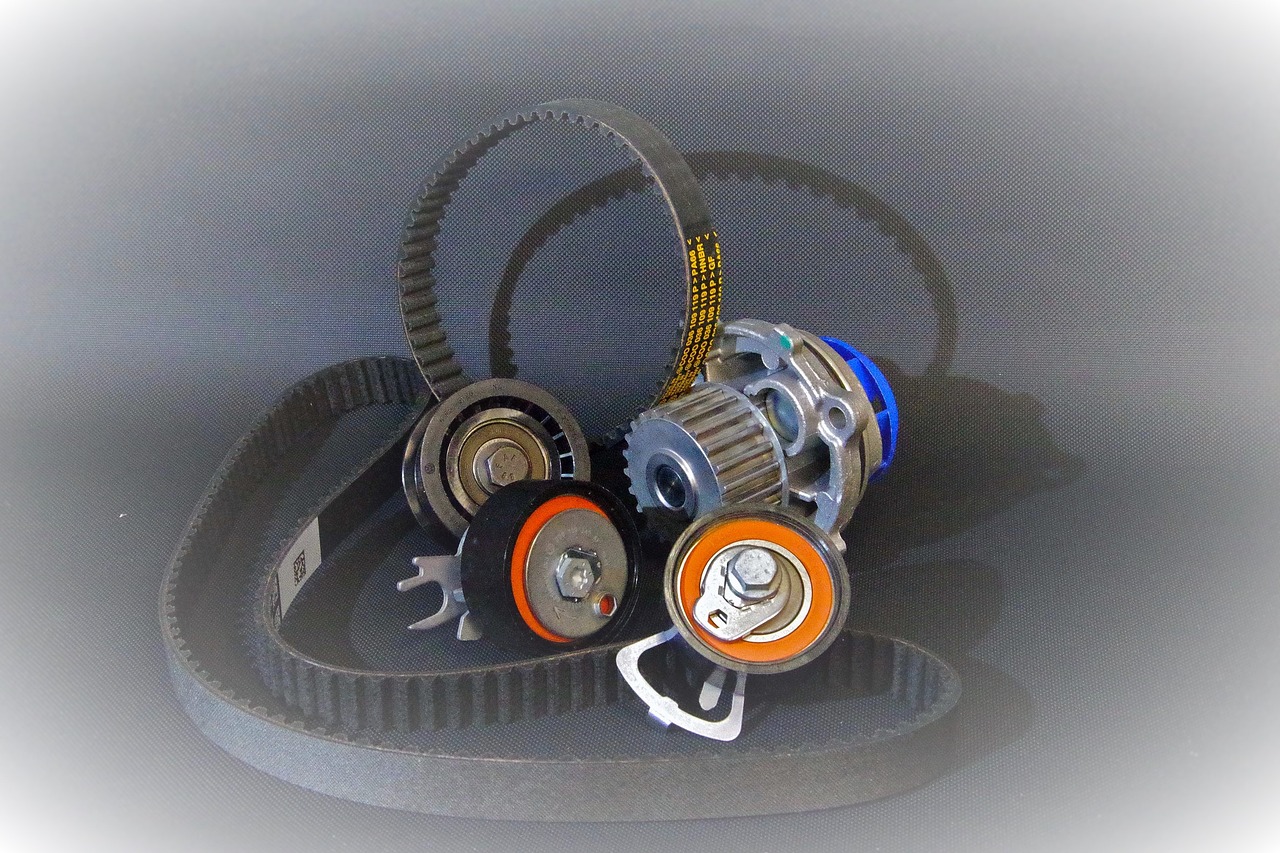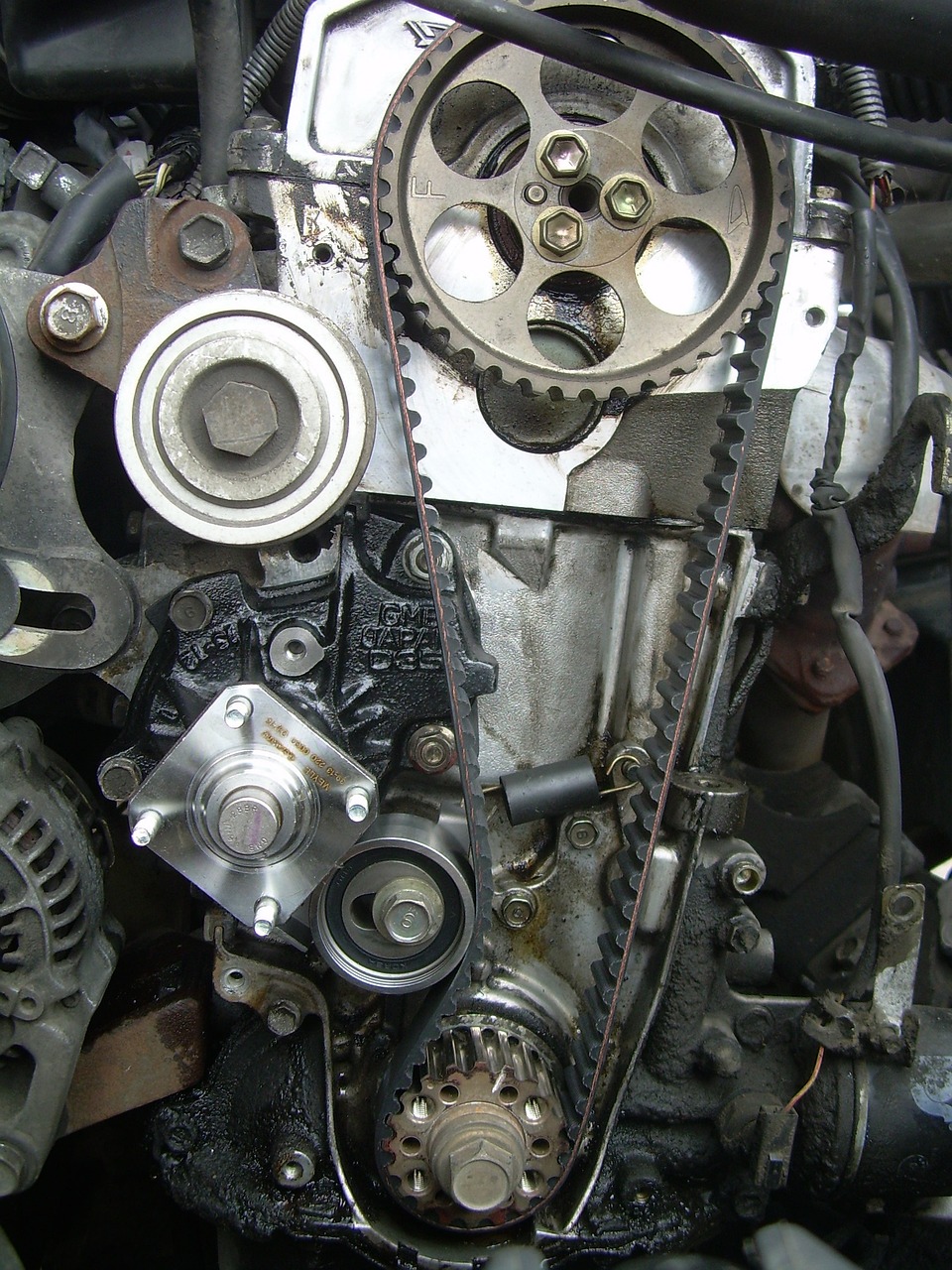Your car’s engine is a symphony of precision and timing, with every component working in harmony to keep you moving. One critical conductor in this orchestration is the timing belt. Often overlooked and underappreciated, a timing belt plays a crucial role in ensuring your engine’s components work together seamlessly. However, when this seemingly insignificant component fails, the consequences can be catastrophic, both for your vehicle and your wallet. In this article, we will explore the damage that can be caused if your timing belt breaks.
The Timing Belt: A Vital Link
The timing belt is a toothed, reinforced rubber belt that synchronizes the rotation of the engine’s crankshaft and camshaft. This synchronization ensures that the engine’s valves open and close at precisely the right time, allowing air and fuel to enter and exhaust gases to exit the combustion chambers. This precise timing is vital for the engine to run smoothly and efficiently.
- Engine Damage
When a timing belt breaks, the synchronization between the crankshaft and camshaft is lost. This often leads to the engine’s valves and pistons colliding, causing significant damage. The valves, which are supposed to open and close harmoniously, can bend or break upon impact with the pistons. This damage can result in the need for extensive engine repairs or even a complete engine replacement, which can be incredibly costly.
- Stalled Vehicle
A broken timing belt can cause your vehicle to stall suddenly and unexpectedly. This can be not only frustrating but also potentially dangerous, especially if it happens in heavy traffic or on a busy highway. A stalled vehicle can lead to accidents, further adding to the potential costs associated with a broken timing belt.
- Towing and Repairs
When your timing belt snaps, your car is rendered immobile. In such cases, you’ll likely need to call for a tow truck to transport your vehicle to a repair shop. Towing fees can be expensive, and they’re just the beginning of the financial burden you’ll face. Repairing or replacing the timing belt itself is a relatively minor expense compared to the potential engine damage and associated repairs.
- Lost Time and Inconvenience
Apart from the financial costs, a broken timing belt can lead to significant inconveniences. You might find yourself without a vehicle for an extended period, which can disrupt your daily routine and commitments. The time and effort required to deal with a broken timing belt can be a considerable hassle.
Preventing Timing Belt Failures
The best way to avoid the damage and costs associated with a broken timing belt is through regular maintenance and proactive replacement. Most manufacturers provide recommended replacement intervals for timing belts, typically ranging from 60,000 to 100,000 miles, but these can vary. Consult your vehicle’s manual or a qualified mechanic to determine the specific interval for your car.
Replacing a timing belt before it fails is a small expense compared to the potential damage it can cause. It’s a preventive measure that can save you from the inconvenience, stress, and financial burden of a breakdown.
Conclusion
In the intricate and delicate symphony that is your car’s engine, the timing belt is a critical conductor. Its role in synchronizing the engine’s components cannot be understated. When a timing belt breaks, the consequences can be severe, including engine damage, vehicle stalling, towing costs, and significant inconvenience. To avoid these problems and the associated financial burdens, regular maintenance and timely replacement of the timing belt are essential. Remember, investing in preventive maintenance today can save you from a costly breakdown tomorrow.



